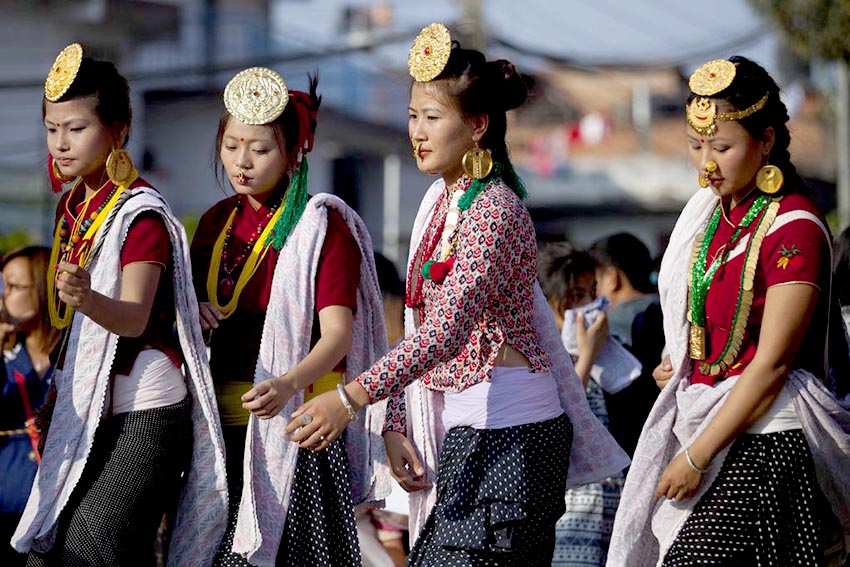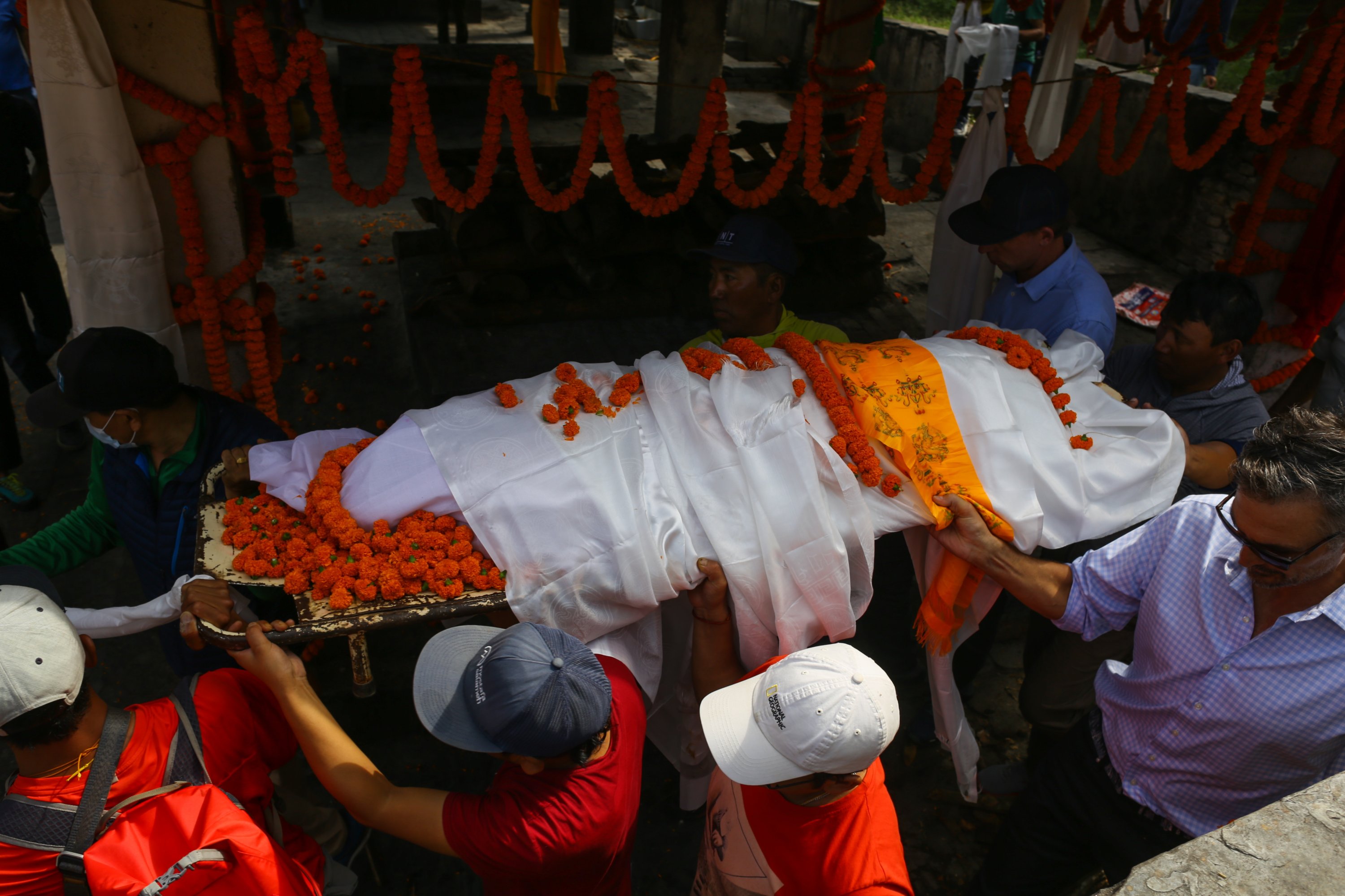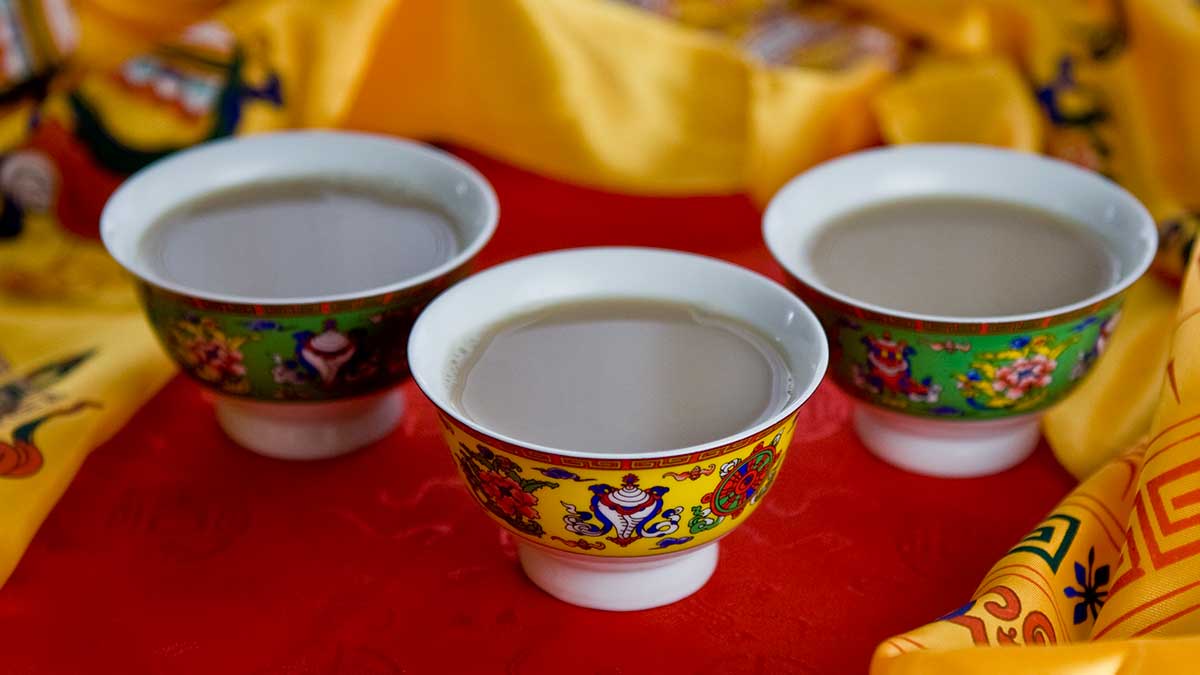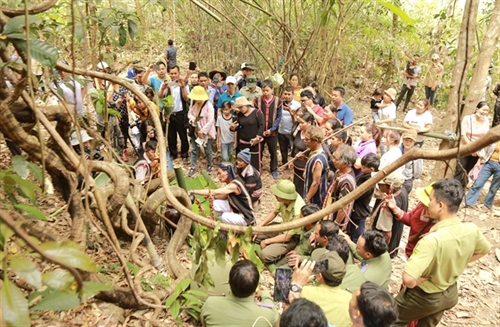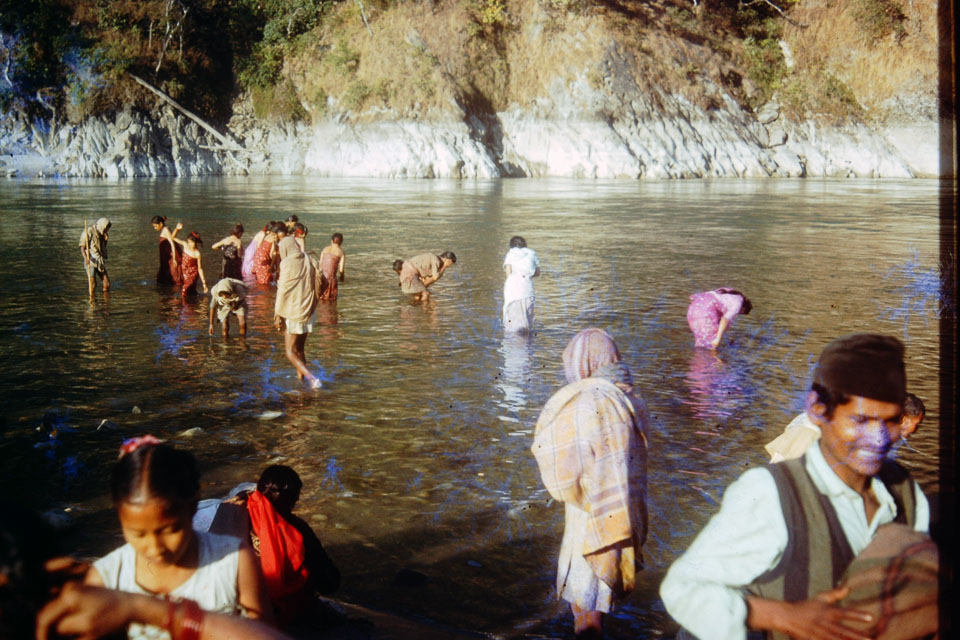Share this Article
Introduction
The Kirant community, one of Nepal's oldest indigenous groups, carries a rich cultural heritage reflected in their traditional attire and ornaments. Kirants follow a religion that worships nature, including trees, air, water, land, and crops. Their deep spiritual connection with nature is also reflected in their clothing and accessories, which holds profound significance in terms of identity, social status and spirituality both men and women have distinct clothing styles that incorporate elements of comfort, practicality and symbolism from the graceful choli-dhoti of women to the dignified daura-suruwal of men.
Kirant attire is a living tradition passed down through generations. The accessories, such as pechuri, dhajura, and chindo serve as markers of success, honor, and devotion. This article delves into the intricate details of Kirant attire and ornaments shedding light on their historical and cultural significance.
Traditional Female Attire: Choli, Dhoti, and Patuki
Kirant women traditionally wear a choli (blouse), dhoti (a lower wrap-around cloth), and patuki (a long piece of cloth wrapped around the waist for support). This combination is not only practical but also reflects the elegance and grace of Kirant women. The fabric and patterns often vary based on the occasion with ceremonial attire being more elaborate and adorned with intricate designs.
The choli is a tight-fitting blouse that complements the draped dhoti, offering comfort and ease of movement. The dhoti is a versatile piece of clothing, often tied in a specific manner that ensures modesty while allowing flexibility. The patuki serves both as a decorative belt and a functional piece, helping secure the dhoti in place.
Significance of Accessories in Women’s Attire
Apart from clothing, Kirant women adorn themselves with various ornaments that enhance their traditional look and carry symbolic meanings:
- Sirful – A floral-shaped headpiece that must be worn straight as a sign of respect and order. It is wrapped around a small ponytail, secured with a ribbon to ensure it stays in place. This headpiece is an essential part of the Kirant woman’s attire, symbolizing dignity and spiritual connection.
- Bulaki (Nose Ornament) – A Bulaki is a decorative nose ring, worn by Kirant women as a mark of beauty and status. It is often crafted from gold or silver, symbolizing prosperity and dignity. Wearing a Bulaki reflects the cultural importance of female adornment and is typically seen during weddings and important celebrations.
- Dhungri (small ornamental piece) is worn on the left (debrey) side of nose
- Lolopot (Necklace) – A Lolopot is a traditional necklace made of gold and red thread.
- Langung (Bangles) – Langung are silver bangles worn by Kirant women, often stacked together to signify health, prosperity, and social standing. These bangles are worn regularly and are considered a symbol of marital status and respect for tradition.
Some decorative coat pin that are also worn along dress within the community are:
Saybung,Pechuri,Dhajura,Chindo that represents success, honour and love
Traditional Male Attire: Daura-Suruwal and Kurusey Jhola
Kirant men wear the daura-suruwal, Nepal’s national attire, which consists of a daura (a closed-neck tunic with ties) and suruwal (fitted trousers). This outfit symbolizes dignity, tradition, and pride within the Kirant community. The daura is often tied in a specific manner, ensuring a perfect fit while adhering to traditional norms. Men also wear a traditional bag called the kurusey jhola or seremfu jhola, a handcrafted bag made from natural fibers used by both men and women as a multipurpose bag. The kurusey jhola is both practical and symbolic, often representing a person’s connection to their ancestral roots.
Symbolic Accessories in Men’s Attire
Just as women’s attire is adorned with meaningful accessories, men’s clothing is complemented by:
Dhajura – The Dhajura is an accessory made of colorful woolen balls, traditionally worn by Kirant men as a mark of their heritage and community. The different colors in the Dhajura have symbolic meanings: red represents feelings, green symbolizes nature, blue represents serenity, and yellow signifies optimism.
Pechuri – A sacred mark that represents one’s identity and belonging to the Kirant tradition.
Chindo – a traditional gourd bottle used by the Kirati people of Nepal, for storing millet beer (jaand) and also as a floating device when crossing rivers. It represents success, adaptability, and a connection to ancestral traditions.
Silamsakhma (Logo) – Silamsakhma is a symbol associated with the Limbu tribe, shaped like a diamond and supported by two axes (one vertical and one horizontal) at the center. This symbol is believed to block the path of death and protect the wearer. It is placed on the left chest and represents strength, protection, and spiritual connection to the community.
These elements play a significant role in showcasing the honor and tradition of Kirant men.
Cultural and Religious Significance of Attire and Ornaments
Kirant attire and ornaments are deeply interwoven with their spiritual and cultural beliefs. These traditional garments and accessories are commonly worn during festivals, wedding and religious ceremonies, symbolizing:
1. Respect for Ancestors: Many elements of Kirant clothing and accessories are inspired by ancestral traditions and beliefs. Items like the pechuri and sirful are not just decorative but reflect the respect for ancestors and the wisdom passed down through generations. Wearing these items connects individuals to their heritage and honors the traditions that have shaped their culture.
2. Spiritual Connection: Certain ornaments, such as the Dhajura and Silamsakhma are believed to carry protective powers and blessings. These items are worn during religious and cultural ceremonies, with the belief that they offer spiritual protection, strength, and guidance. This connection to spirituality is an essential part of Kirant culture, where clothing is seen as a link to the divine and the natural world.
3. Expression of Identity: Kirant attire is a powerful expression of individual and community identity. The unique clothing styles and accessories, like the daura-suruwal for men and choli-dhoti for women, serve as a visual marker of Kirant heritage, wearing these garments individuals proudly showcase their cultural identity, ensuring the continuity of their traditions and the preservation of their distinct place within Nepal’s diverse cultural landscape.
The placement of accessories, such as the moon-shaped sirful on the right and the Dhungri on the left must be done correctly to uphold the integrity of tradition.
Preserving and Promoting Kirant Attire in Modern Times
As modernization influences traditional customs, it becomes increasingly important to preserve and promote Kirant attire and ornaments. Many young Kirant individuals are now incorporating elements of traditional dress into contemporary fashion, ensuring that their cultural heritage remains alive.
To keep these traditions thriving, it is essential to:
1. Educating Younger Generations
Preserving Kirant attire and ornaments begins with educating younger generations about their cultural significance and understanding the historical and spiritual meanings behind items like the sirful (headpiece) and dhajura (head ornament) helps the younger generation appreciate and carry forward their heritage. Schools, community workshops, and storytelling sessions by elders can ensure that the importance of these garments and their symbolic meanings are passed down effectively by promoting teaching children about how their cultural attire empowers them to wear it with pride, helping preserve these traditions for future generations.
2. Encouraging the Use of Traditional Dress
Encouraging the use of Kirant attire during cultural events and festivals is vital in keeping the tradition alive, wearing traditional garments is not just about personal expression but also about community pride and unity. Cultural events provide an ideal opportunity for individuals to wear their traditional attire, showcasing the rich cultural heritage of the Kirant community by doing so, these events help maintain the relevance of traditional dress, ensuring it continues to be a symbol of cultural identity and pride.
3. Promoting Handcrafted Ornaments
Handcrafted ornaments, like the dhajura and sirful, are integral to Kirant attire. Supporting local artisans who create these intricate pieces using traditional methods ensures that their skills and knowledge are preserved. Craft fairs, exhibitions, and online platforms can help bring these handcrafted items to a broader audience, not just within the Kirant community but outside of it as well by purchasing and promoting these handmade items, people contribute to sustaining these traditional crafts and help support the livelihood of artisans, ensuring that these unique ornaments are passed down through generations.
4. Supporting Local Artisans and Handcrafted Items
Many Kirant garments and accessories are created by local artisans using time-honored techniques. These artisans craft intricate ornaments, such as the pechuri and chindo, which carry deep cultural significance. Supporting these artisans whether through buying their products or promoting their work helps preserve the skills and craftsmanship that go into creating these beautiful and meaningful items by supporting local artisans, we contribute to the continued survival of these traditional arts and ensure that future generations can continue to enjoy and cherish them.
Conclusion
Kirant traditional dress and ornaments are a testament to the community’s deep-rooted cultural identity. Every piece of clothing and accessory tells a story of heritage, success, and spiritual significance from the dignified daura-suruwal of men to the elegant choli-dhoti of women, each element carries its own meaning and purpose.
As we move forward in a modern world, it is vital to honor and preserve these traditions. Many people from various religious and cultural backgrounds are also interested in wearing such dresses, which fosters appreciation and love among different communities. By embracing and promoting Kirant attire. We have to ensure that the legacy of the Kirant community remains vibrant and continues to inspire future generations.
Categories:
Culture & Traditions
Tags:
Ornamentsoforigin
,
Sacredstitch
,
Cultureincloth
,
Dressaslanguage
,
Spiritofkirant

